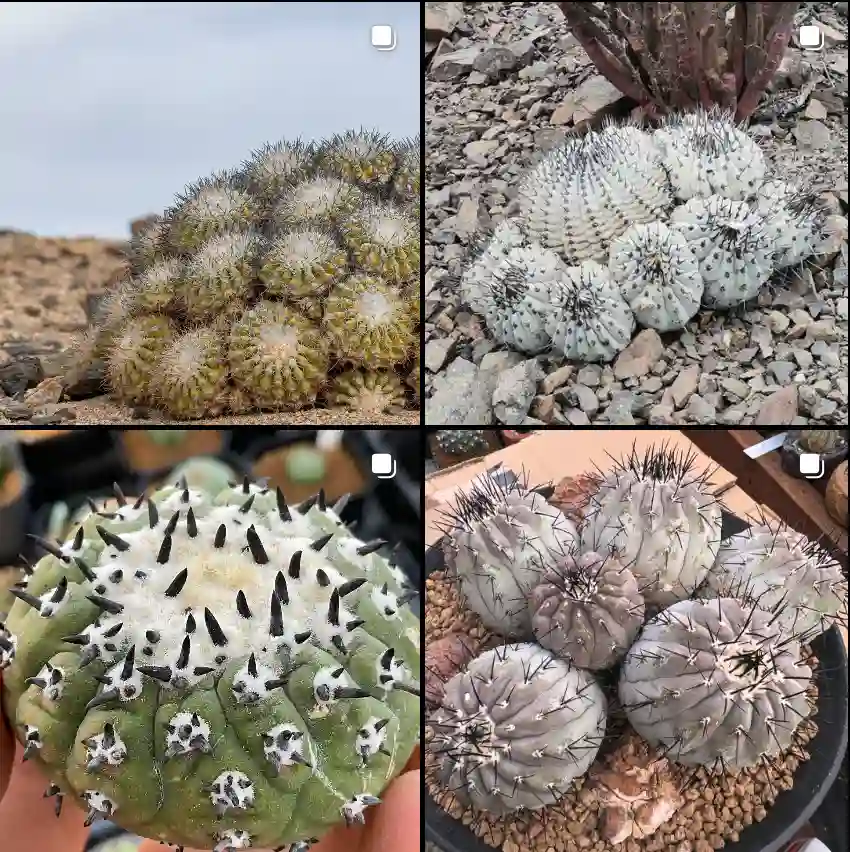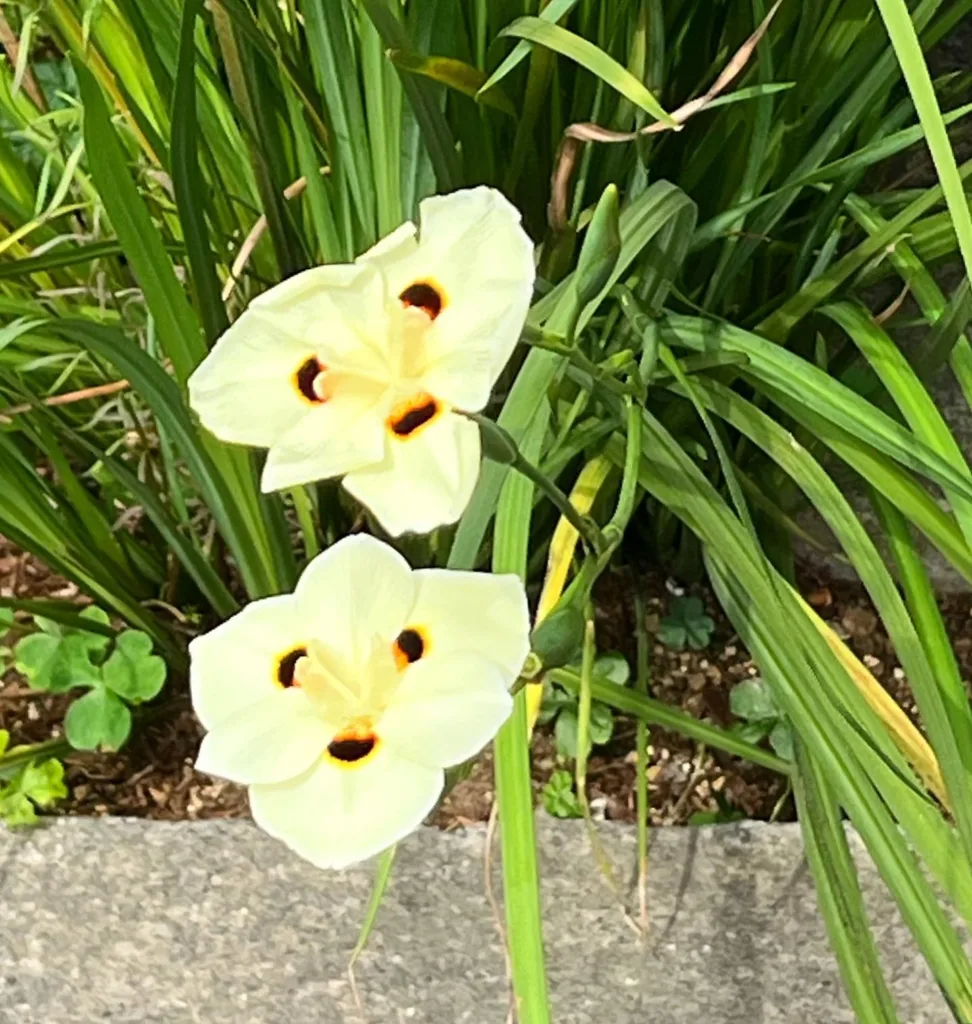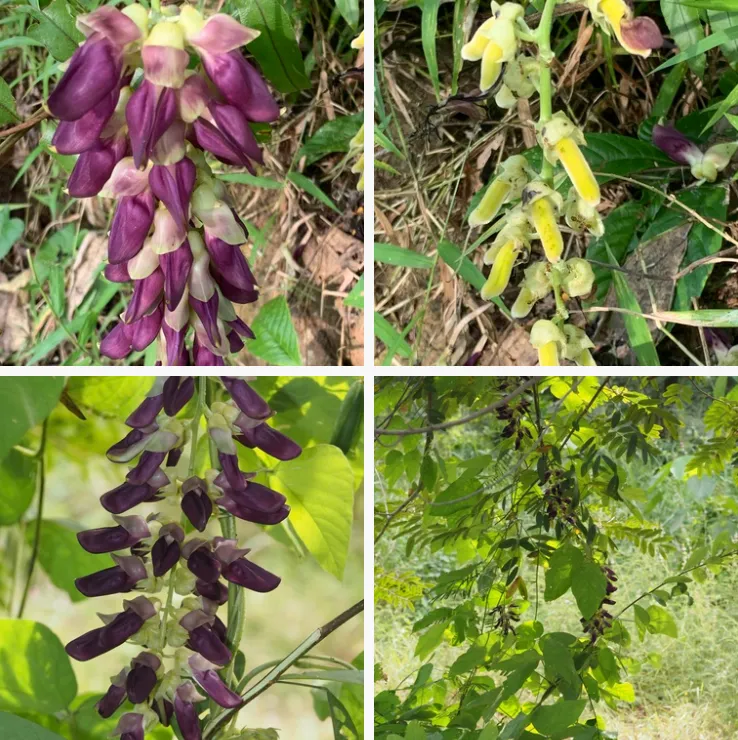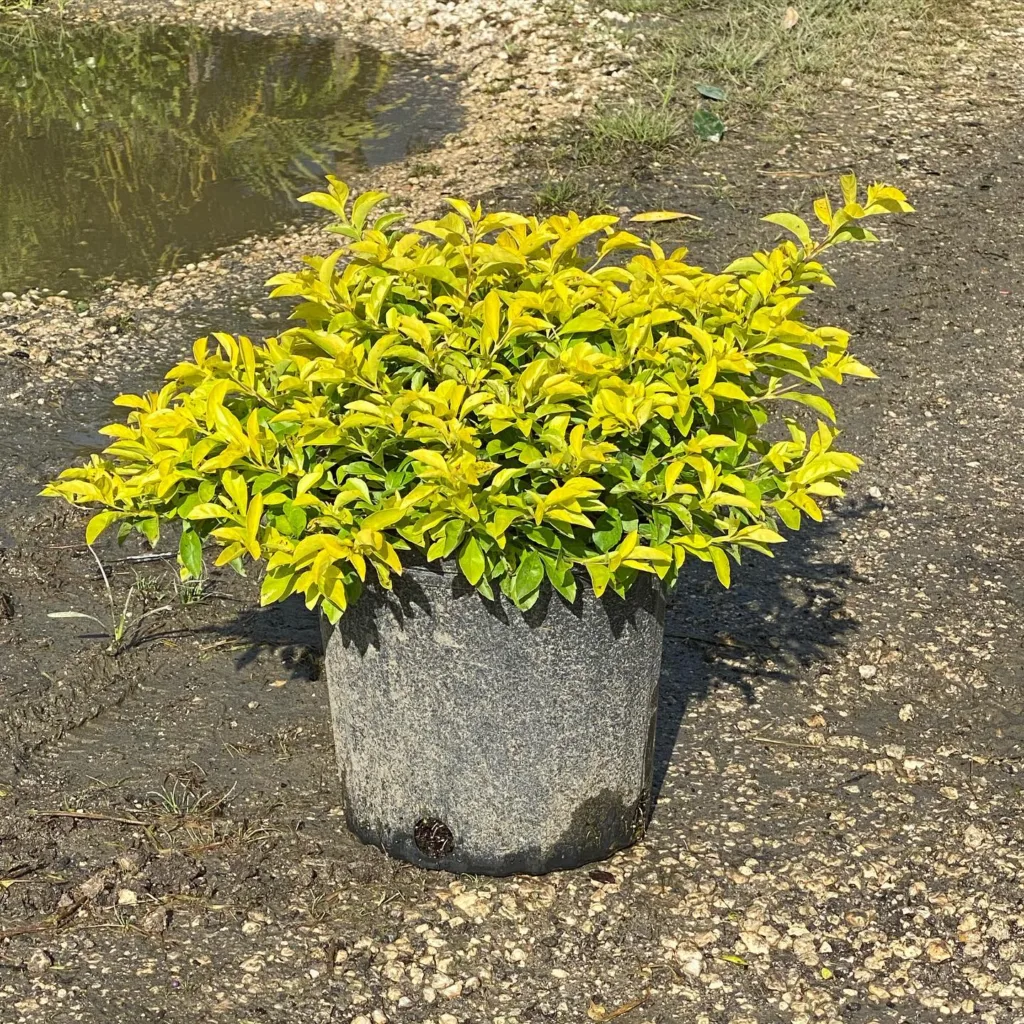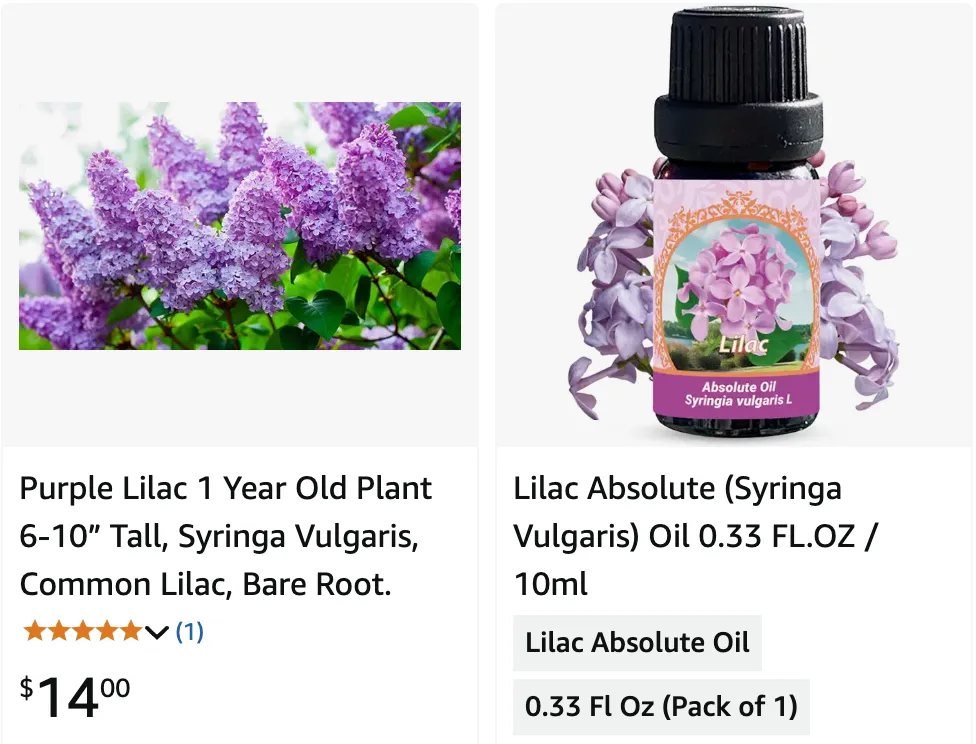
12 Species in Genus Syringa – Lilac
What is Syringa Vulgaris?
Syringa Vulgaris, commonly known as the common lilac, is a deciduous shrub native to Europe and Asia. It is prized for its fragrant purple to lilac-colored flowers that bloom in the spring, making it a popular ornamental plant in gardens. The shrub can grow up to 12 feet tall and has a strong, sweet fragrance, often used in perfumes.
Where to buy Syringa Vulgaris?
Syringa Vulgaris can be purchased from various nurseries, garden centers, and online plant retailers. Some of the most popular online platforms for purchasing lilacs include Amazon, Etsy, and specialized garden stores like Proven Winners or Fast Growing Trees. Be sure to choose a reputable seller to ensure the quality of the plant.
How to plant Syringa Vulgaris?
To plant Syringa Vulgaris, choose a sunny location with well-draining soil. Dig a hole twice the size of the root ball and place the plant in it, ensuring the root crown is level with the soil surface. Fill the hole with soil, firm it around the base, and water generously. Lilacs prefer slightly alkaline soil, so amend the soil if necessary for optimal growth.
How to care for Syringa Vulgaris?
Caring for Syringa Vulgaris involves regular watering, especially during dry spells. Ensure the soil is well-drained, as lilacs do not thrive in waterlogged conditions. Pruning is also important for maintaining a healthy plant and encouraging more blooms. After the flowers fade, prune back the spent blooms to promote new growth. Fertilize annually in early spring with a balanced fertilizer.
How to propagate Syringa Vulgaris?
Syringa Vulgaris can be propagated by taking softwood cuttings in late spring or early summer. Cut a 4-6 inch piece from a healthy lilac stem, remove the lower leaves, and dip the cut end in rooting hormone. Plant the cutting in a container with a mixture of sand and peat moss, keeping it in a warm, bright location until roots develop, typically in 4-6 weeks.
Is Syringa Vulgaris poisonous to dogs?
No, Syringa Vulgaris is not considered poisonous to dogs. However, as with any plant, it’s best to discourage pets from chewing on it. While lilacs are not toxic, eating large quantities of any plant may cause digestive upset in dogs, so it’s advisable to keep the shrub out of reach of pets.
Syringa Vulgaris vs Persian Lilac – What’s the difference?
While both plants belong to the same family and are called lilacs, Syringa Vulgaris (common lilac) and Persian lilac (Syringa x persica) have a few notable differences. The Persian lilac typically has smaller flowers, often in a lighter shade of purple, and is a more compact shrub, making it ideal for smaller gardens. On the other hand, Syringa Vulgaris grows taller and has larger, more fragrant flowers with a stronger scent. Additionally, Persian lilacs tend to bloom a bit earlier in spring.
Can you grow Syringa Vulgaris indoors?
Syringa Vulgaris is generally an outdoor plant, as it requires plenty of sunlight and space to grow. It is not typically suited for indoor environments due to its size and specific care needs. However, with sufficient light and proper care, it is possible to grow a dwarf variety indoors, but it may not bloom as abundantly as it would outdoors.
What to plant with Syringa Vulgaris?
When planting Syringa Vulgaris, consider companion plants that complement its fragrant flowers and enhance its appearance. Daffodils, daylilies, and peonies are excellent choices, as they bloom around the same time and create a colorful contrast. Additionally, evergreen shrubs like boxwoods or holly can provide year-round structure and serve as a backdrop to the lilac’s seasonal blooms.
Is Syringa Vulgaris toxic?
Syringa Vulgaris is non-toxic to humans and animals. It is safe to handle and plant around children and pets. However, as with many plants, ingestion of large quantities of any part of the lilac plant may cause mild gastrointestinal upset, though it is not considered dangerous.
What are the benefits of Syringa Vulgaris?
Syringa Vulgaris provides several benefits, including its ornamental value in gardens, its fragrant flowers that attract pollinators like bees and butterflies, and its ability to improve the aesthetic appeal of any outdoor space. The plant’s pleasant fragrance is also used in making perfumes. Additionally, lilacs are relatively low-maintenance, making them an ideal choice for gardeners looking for a hardy, beautiful shrub.
Common problems with Syringa Vulgaris?
Common problems with Syringa Vulgaris include powdery mildew, aphid infestations, and lilac blight. Powdery mildew appears as a white, powdery coating on the leaves and can be controlled with fungicides or by improving air circulation around the plant. Aphids may cause yellowing of the leaves, while lilac blight causes wilting and dieback. Proper care, including pruning and regular monitoring, can help manage these issues effectively.
Can Syringa Vulgaris be grown in containers?
Yes, Syringa Vulgaris can be grown in containers, especially dwarf varieties. However, growing it in a container requires regular attention to watering, as the soil can dry out faster in pots. It’s essential to provide a large enough container to accommodate the root system and to ensure good drainage to avoid root rot.
How to prune Syringa Vulgaris?
Pruning Syringa Vulgaris is key to maintaining its shape and encouraging vigorous blooming. After the flowers fade, cut back the spent blooms and any dead or damaged branches. For older plants, pruning can also include cutting back some of the oldest stems to promote fresh growth. Avoid heavy pruning in late summer or fall, as this may remove next year’s flower buds.
What is the best time to plant Syringa Vulgaris?
The best time to plant Syringa Vulgaris is in the early spring or fall when the plant is dormant. This allows the roots to establish before the plant faces the stresses of summer heat or winter frost. Avoid planting during hot summer months, as the shrub may struggle to establish itself.
How do I know if my Syringa Vulgaris is healthy?
A healthy Syringa Vulgaris will have vibrant green leaves, strong stems, and abundant blooms in the spring. The plant should show no signs of yellowing, wilting, or pest infestations. Regularly inspect the plant for any signs of disease or damage, and ensure it’s receiving the proper amount of sunlight, water, and nutrients.
By addressing these frequently asked questions, you can better understand how to grow, care for, and enjoy Syringa Vulgaris in your garden. Whether you’re planting it for its beauty, fragrance, or pollinator-friendly properties, the common lilac is a wonderful addition to any landscape.
If i die, water my plants!
